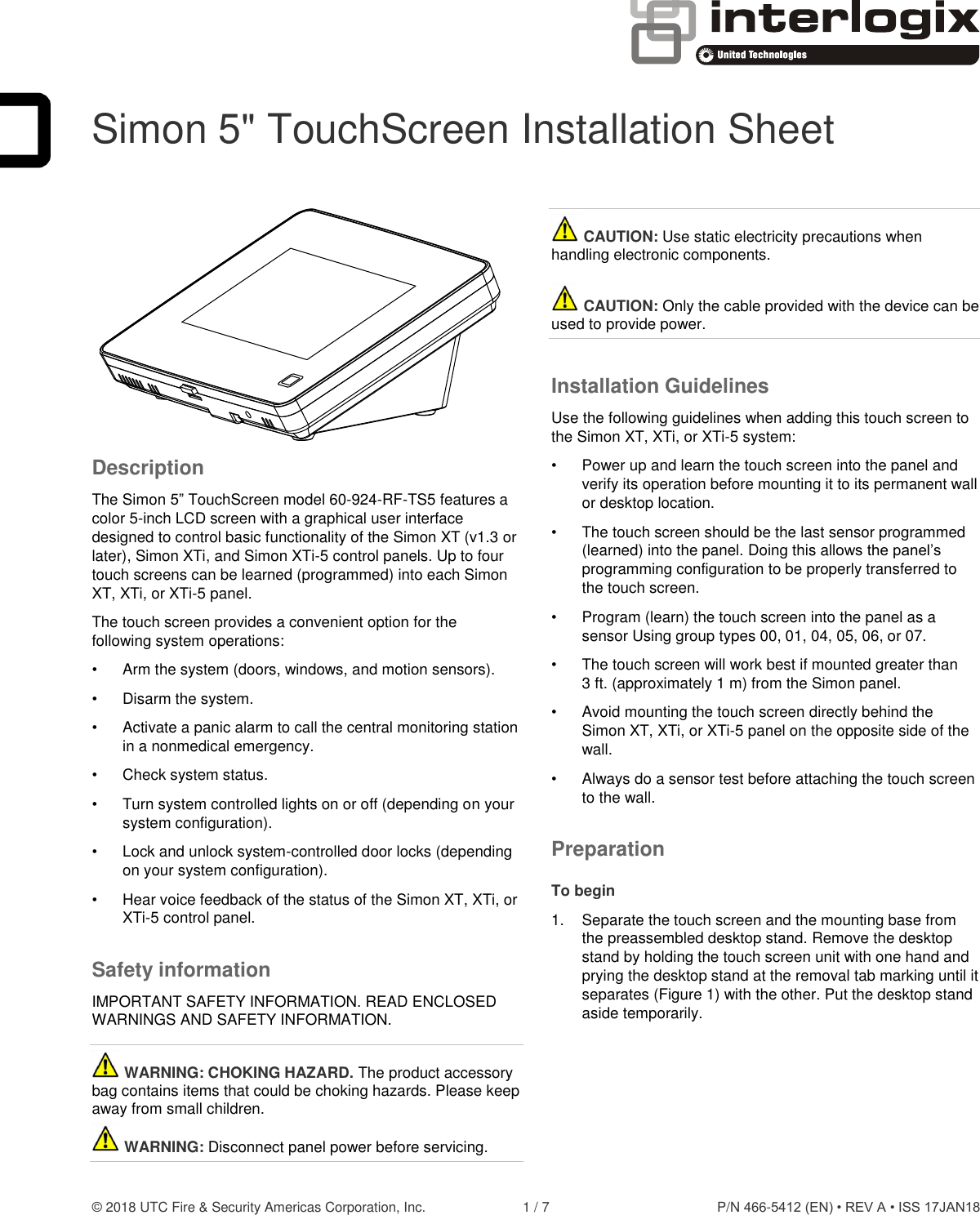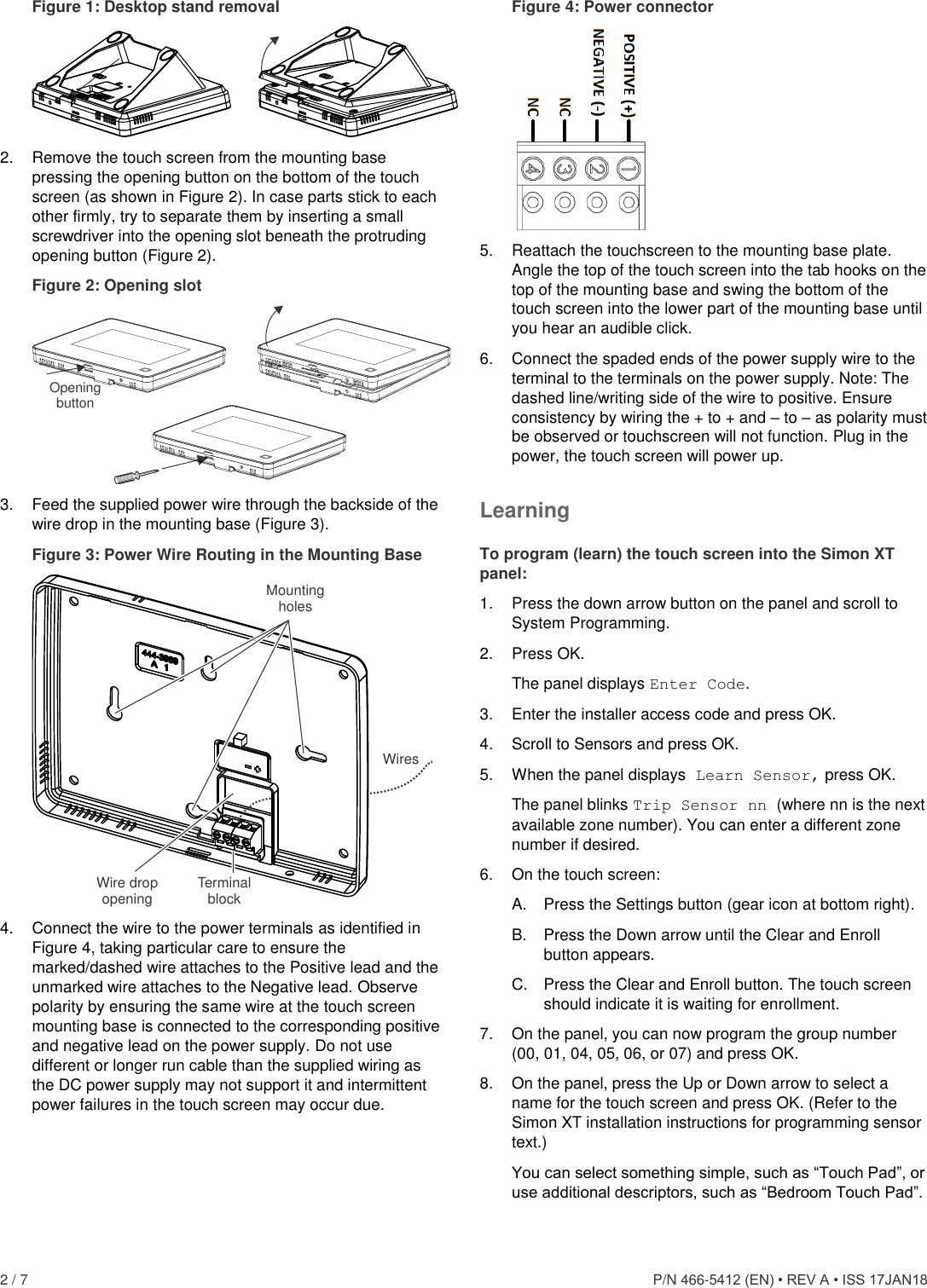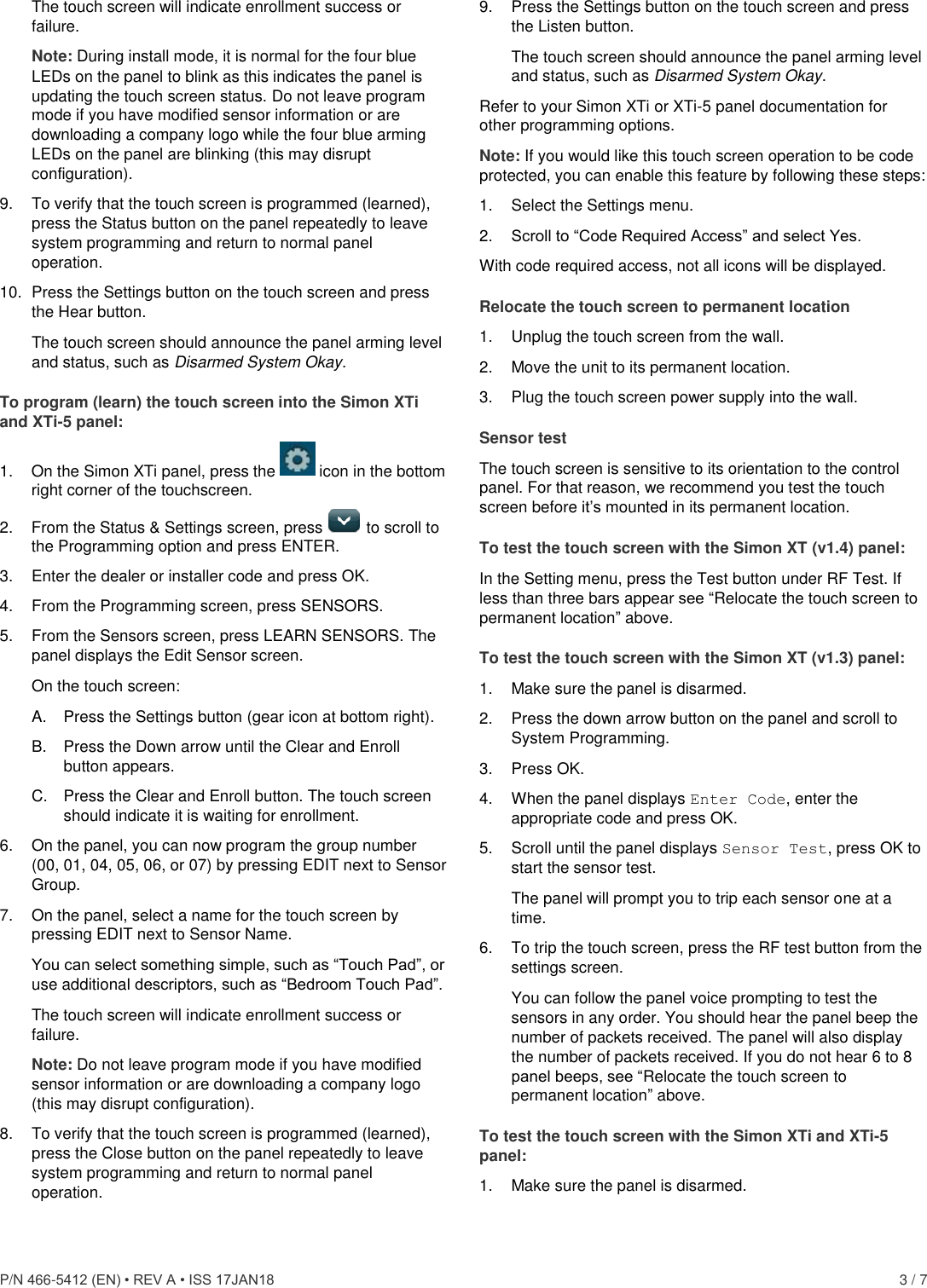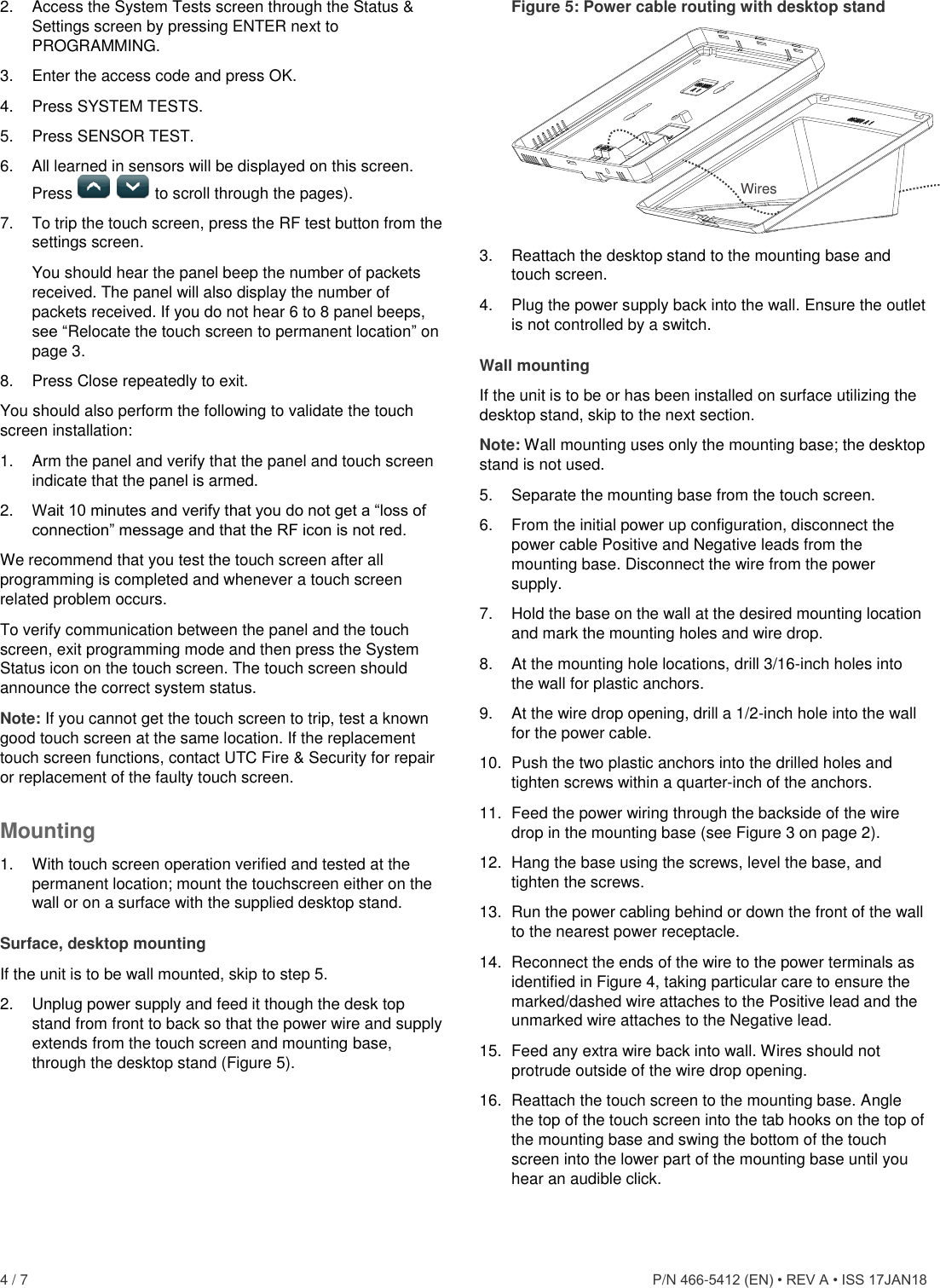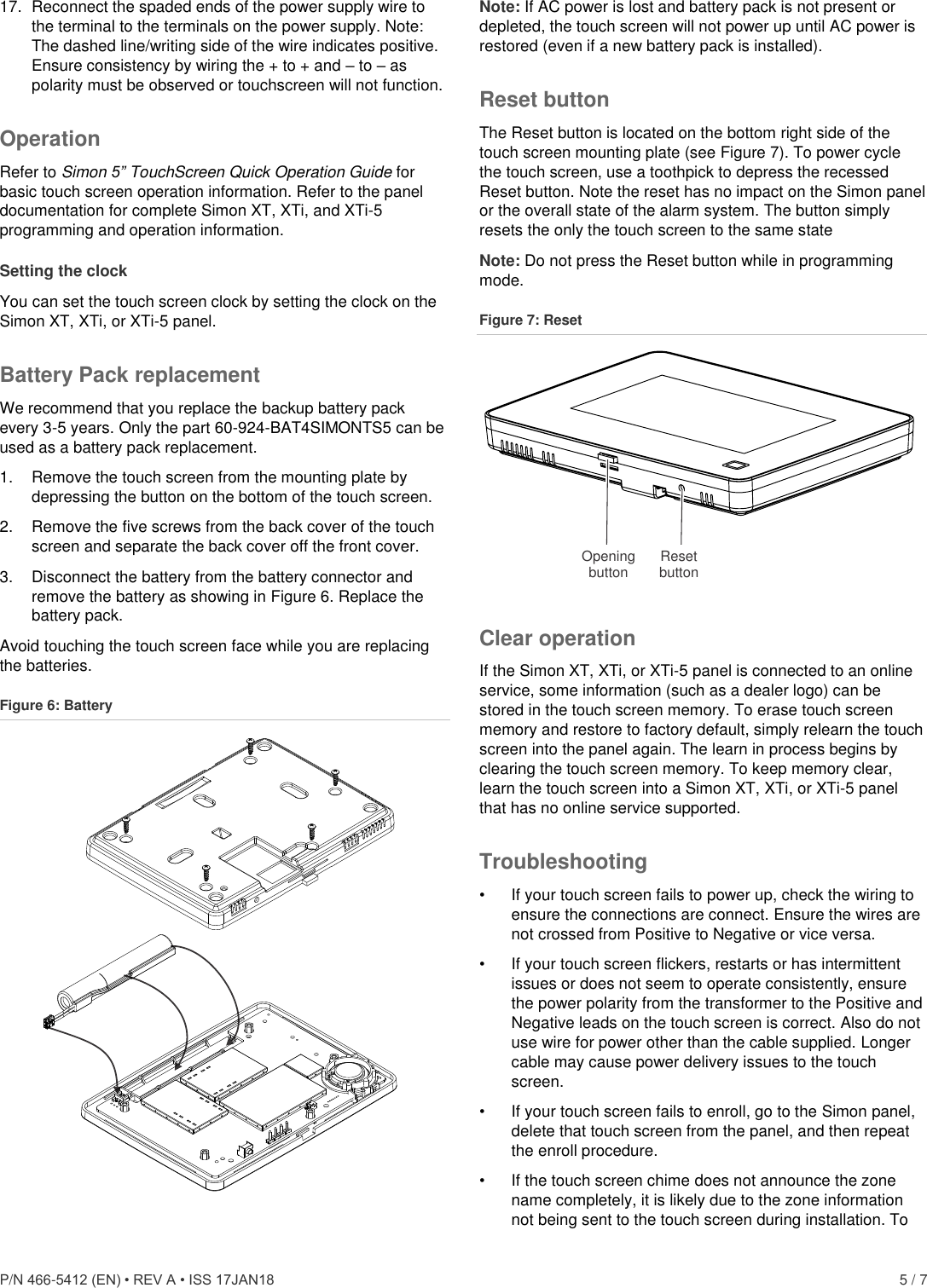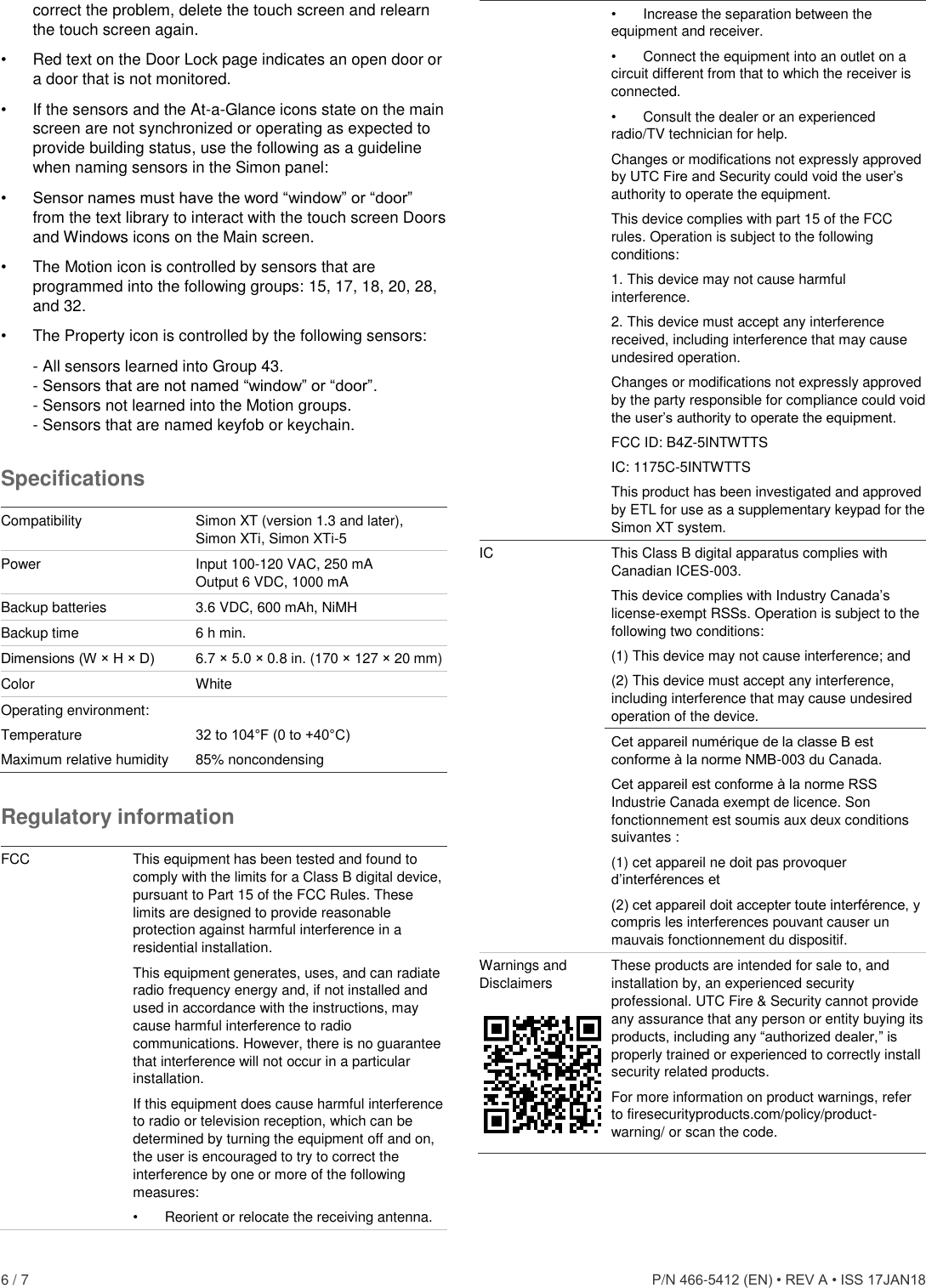UTC Fire and Security Americas 5INTWTTS Wireless 5 in. Simon Touchscreen LCD User Manual Simon 5 TouchScreen Installation Sheet
UTC Fire & Security Americas Corporation, Inc. Wireless 5 in. Simon Touchscreen LCD Simon 5 TouchScreen Installation Sheet
Manual
